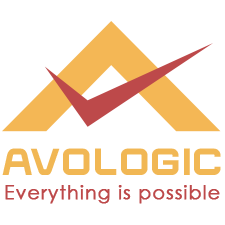PCB (Printed Circuit Board) Designing is the process of designing and creating electronic circuits on a physical board that is used to connect various electronic components. Here’s a brief outline of a typical PCB Designing course:
- Introduction to PCB Designing: The first section of the course covers the basics of PCB Designing, including the various tools and software used for designing the circuit board.
- Schematic Design: In this section, learners will learn how to create a schematic diagram of the circuit design using software such as Eagle, Altium, or KiCAD. They will learn how to place components, create a netlist, and define connections.
- PCB Layout Design: This section covers how to design the layout of the PCB using software. Learners will learn how to place components on the board, route connections between them, and optimize the layout for signal integrity and manufacturability.
- Design Rule Check (DRC) and Gerber Generation: In this section, learners will learn how to check the design rules for the PCB layout and generate Gerber files for manufacturing.
- Fabrication and Assembly: This section covers the process of manufacturing the PCB, including the various techniques used for fabrication and assembly.
A PCB Designing course typically includes hands-on exercises and projects to reinforce the concepts learned throughout the course. By the end of the course, learners should have a good understanding of PCB Designing and be able to create high-quality circuit boards for various electronic applications.
Page Copyright
© Copyright @Avologic 2016 - 2023 All Rights Reserved.
